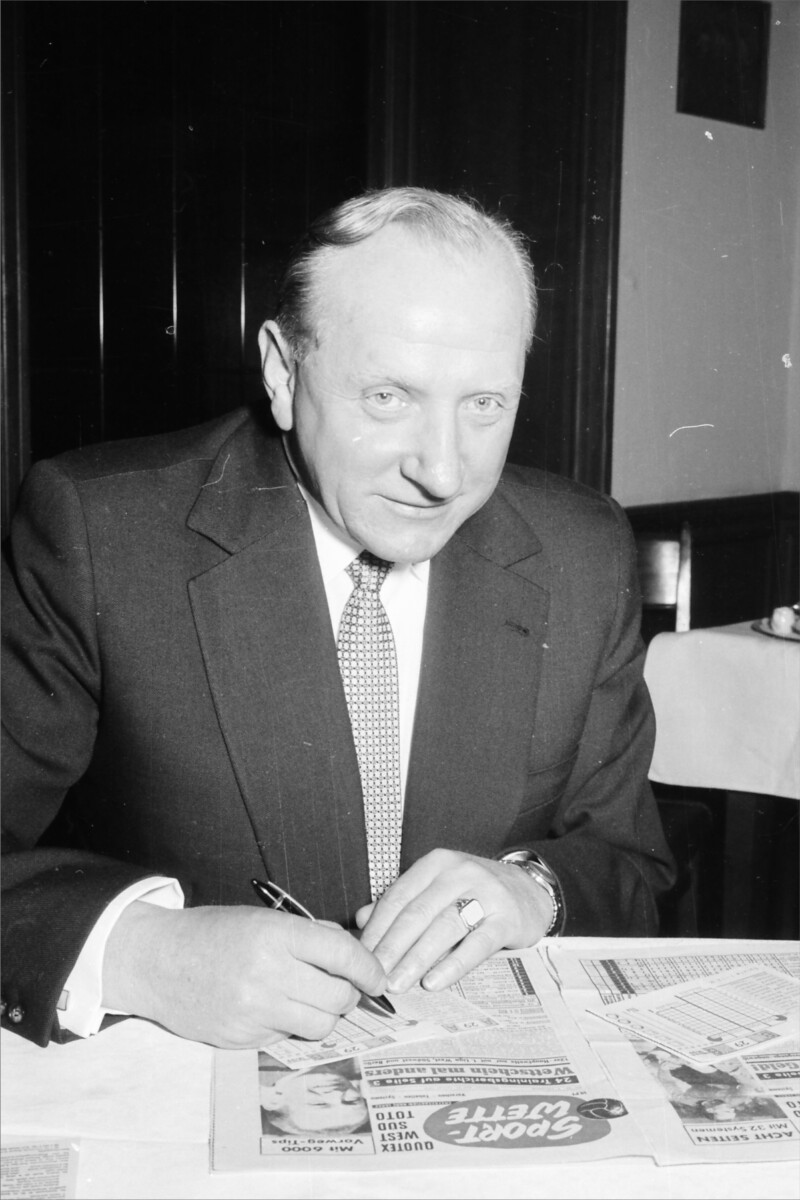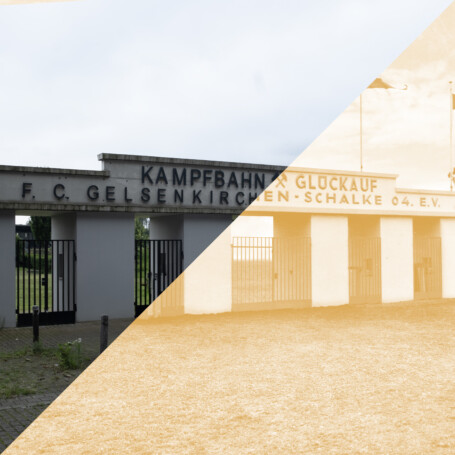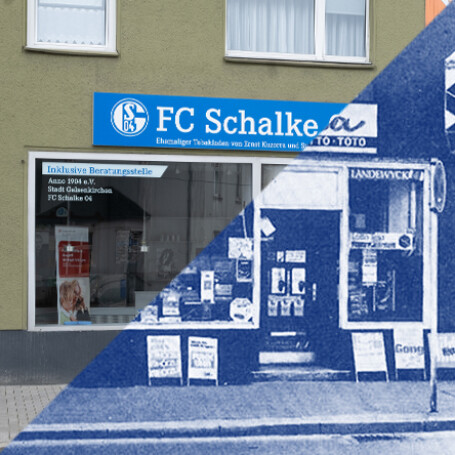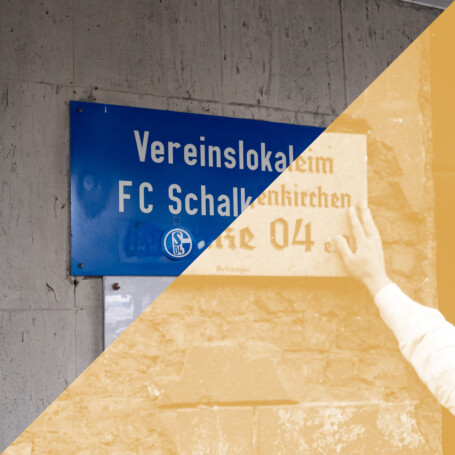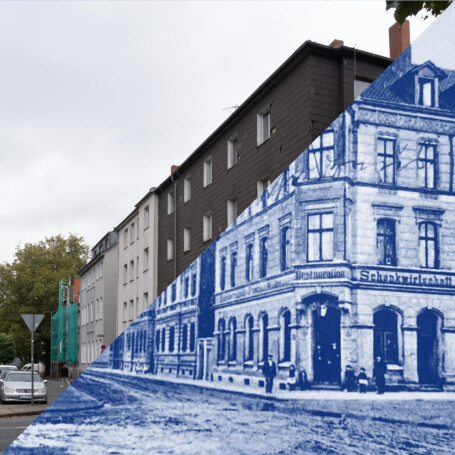Rosenhügel Cemetery

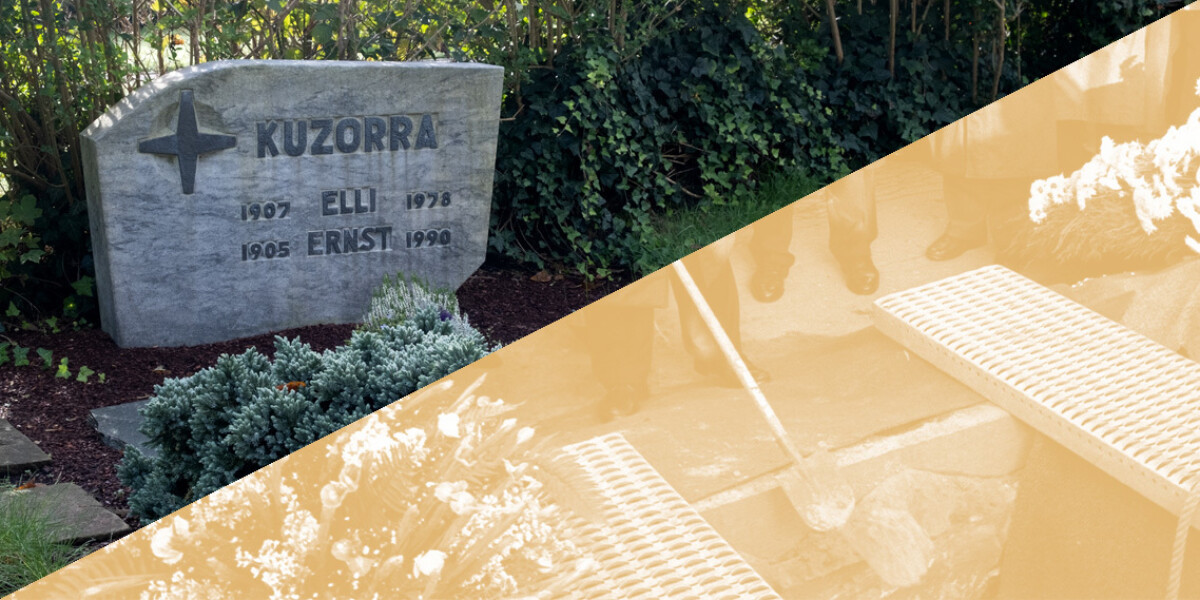
Where the heart of the Schalker Kreisel rests
The year 1990 begins with bad news: the greatest Schalke player of all time is dead. On New Year's Day, Ernst Kuzorra takes his last breath after 84 years. The greatest Schalke player of all time is accompanied on his last journey by over 1,000 people. The club family buries him in the Rosenhügel Cemetery, just a few metres from the grave of an old companion: his lifelong friend Fritz Szepan was buried here in 1974. Now they lie less than two kilometres away from Grenzstraße, the street where they first saw the light of day in the rough world of the industrial district Schalke. Below the cemetery is a maze of streets, the Consolidation Colliery, factory halls, residential buildings and railway tracks: this is their Schalke. As children, they kicked cans through the streets. As young men, they brought cups and trophies to the Schalke Market. After three decades of chasing goals together for the “Royal Blues” (Schalke’s nickname due to it's blue jerseys), they bid farewell to the spectators in 1950 with a match at the Glückauf Stadium... Even after their careers, they remained loyal to Schalke and continued to live with their families and friends in the neighbourhood. They never said: "Schalke, we live you." They just did it. And even in death, they remain a part of Schalke.
There is a simple reason why the two heroes were more or less buried on the fringes of the Schalke cosmos: industrialisation left no room for the dead. The collieries bought up as much vacant land as possible. The free areas were planned as reserves. If the companies continued to grow, new homes for new workers could be built here. Because the living needed a roof over their heads. In some cases, half of the vacant land in Schalke belonged to industry. This is why the Protestant community chose the Rosenhügel near the river Emscher and the later Sutum Bridge as its cemetery in 1880. It was one and a half kilometres from here to the Friedenskirche church on the Schalke Market. But the industrial village of Schalke did not stop growing. In the 1920s and 1930s, the workers settlement "Am Rosenhügel" was built around the cemetery.
If you visit Rosenhügel Cemetery today, you will notice that many of the graves are empty. They impressively show that the time of the boom and population growth is over (for now). The empty graves reflect the urban exodus that began with the mining crisis. Since the end of the German coal mining industry loomed on the horizon, more and more people have left Schalke and the Ruhr region. But the empty burial plots also point to a second development: from the 1960s onwards, new population groups arrived in the Ruhr region. They brought the Islamic faith with them from their homeland. Religious life in Schalke has become more diverse.



